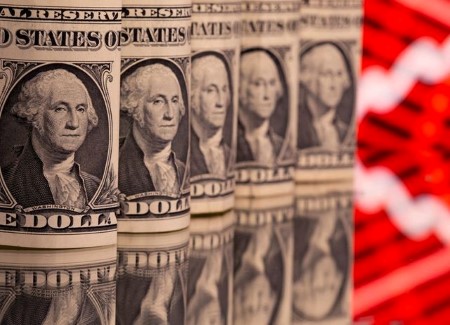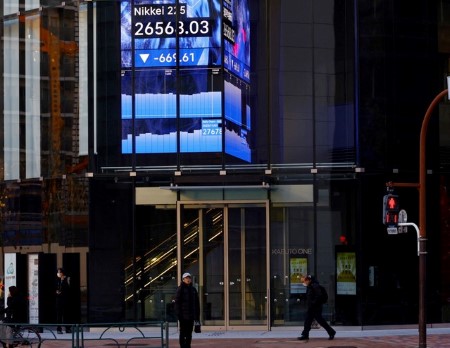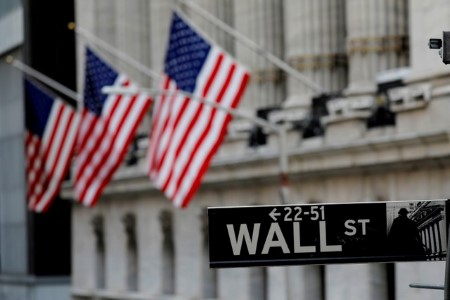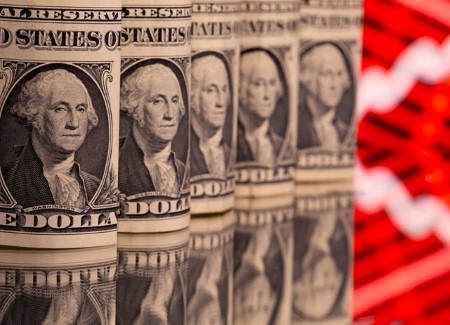US Treasury yields fell to more than five-week lows on Wednesday after data showed US consumer price inflation cooled in April, boosting expectations that the Federal Reserve will cut interest rates two times this year.
Headline consumer prices gained less than anticipated while closely watched core prices were in line with economists’ projections.
It comes after higher-than-expected consumer price inflation in the first quarter raised concerns that the US central bank will not be able to cut interest rates as many times as previously expected this year.
“The market is breathing a sigh of relief that we’re not seeing perpetual upside surprises in inflation,” said Gennadiy Goldberg, head of US rates strategy at TD Securities in New York.
Fed funds futures traders are now pricing in 52 basis points of cuts this year, up from 45 basis points on Tuesday, with the first 25 basis point cut likely in September.
“This print keeps the door open to a cut I think as soon as September,” Goldberg said. However, “in the absence of further catalysts, the market could struggle to continue this bullish momentum in rates.”
The market is closely watching economic releases as Fed policy remains largely data-dependent.
The US central bank will likely need to see several months of data showing inflation easing before it begins cutting rates.
“The Fed needs to see further softening and consistent softening in these inflation data if it’s going to cut rates this year,” said Stephen Gallagher, chief economist at Societe Generale in New York.
Minneapolis Fed President Neel Kashkari on Wednesday reiterated his view that he is unsure how restrictive monetary policy is right now, and that borrowing costs should stay where they are as US central bankers take stock of inflation.
The consumer price index rose 0.3% last month after advancing 0.4% in March and February, for an annual gain of 3.4%. Economists polled by Reuters had forecast the CPI gaining 0.4% on the month and advancing 3.4% year-on-year.
The closely watched core CPI rose 0.3% in April, as expected, after advancing 0.4% in March. In the 12 months through April, the core CPI increased 3.6%. That was the smallest year-on-year gain since April 2021 and followed a 3.8% increase in March.
Other data on Wednesday also showed that US retail sales were unexpectedly flat in April as higher gasoline prices pulled spending away from other goods.
Benchmark 10-year yields were last down 9 basis points at 4.356% and got as low as 4.340%, the lowest since April 5.
Two-year yields fell 8 basis points to 4.736% and reached 4.711%, also the lowest since April 5.
The inversion in the yield curve between two-year and 10-year notes was little changed on the day at minus 38 basis points.
(Reporting By Karen Brettell; Additional reporting by Sinead Carew; Editing by Andrew Heavens, Chizu Nomiyama, and Diane Craft)







 DOWNLOAD
DOWNLOAD













